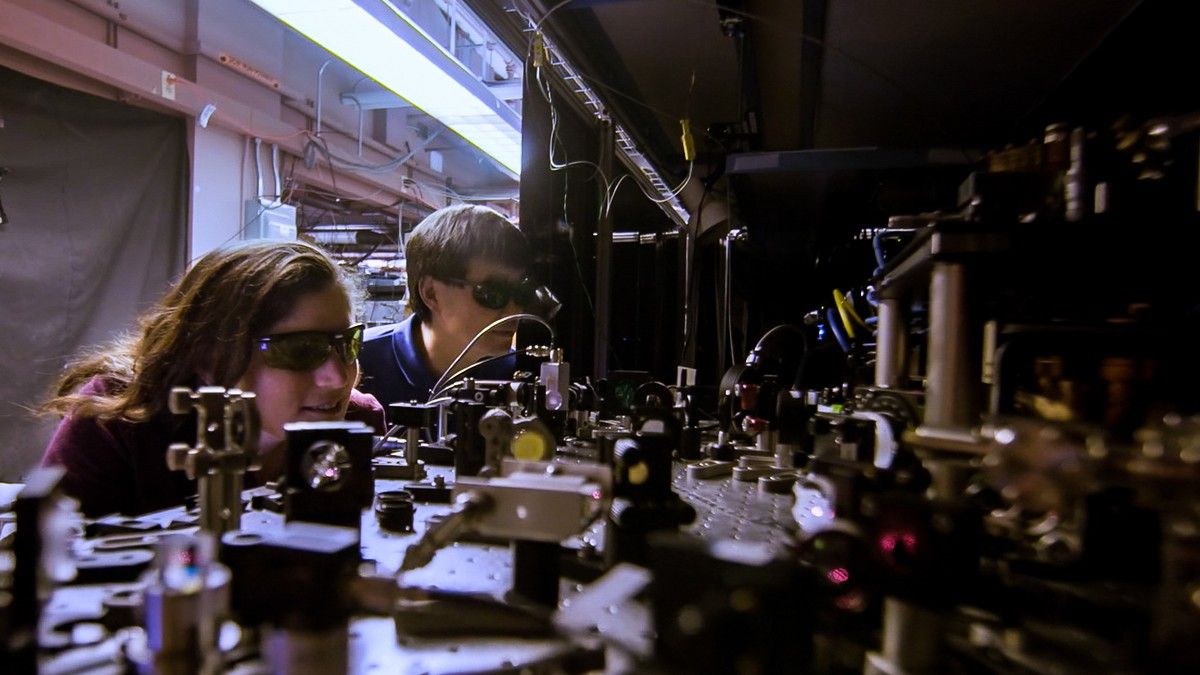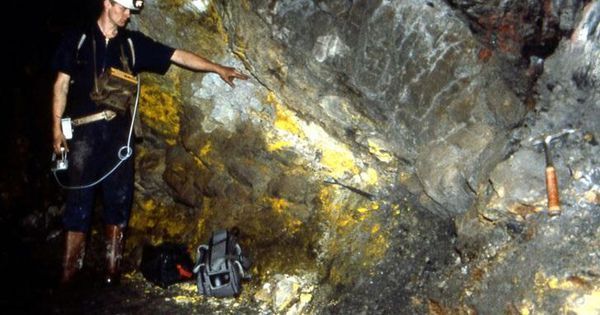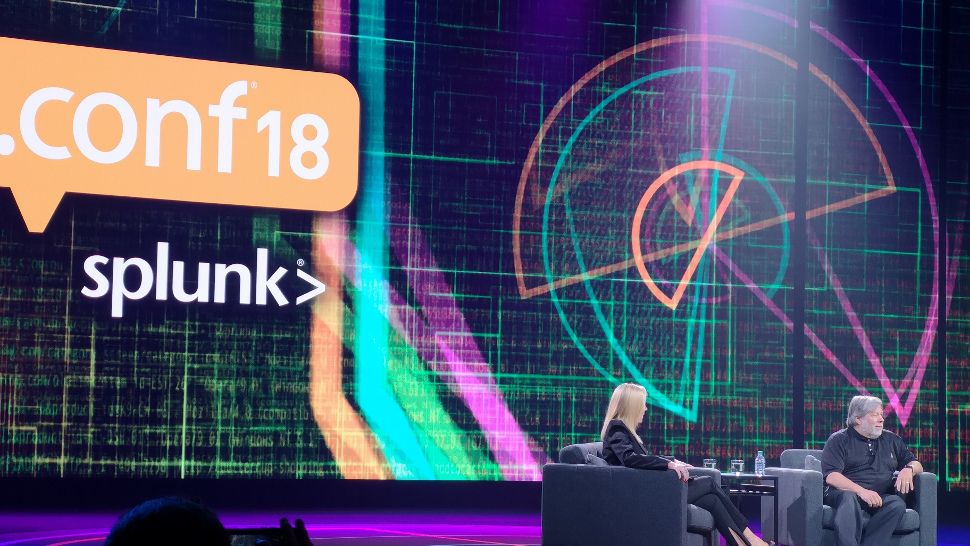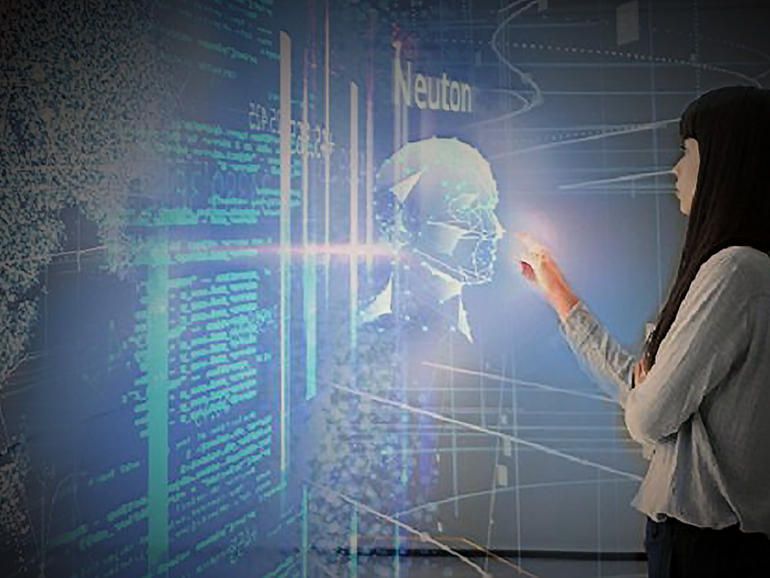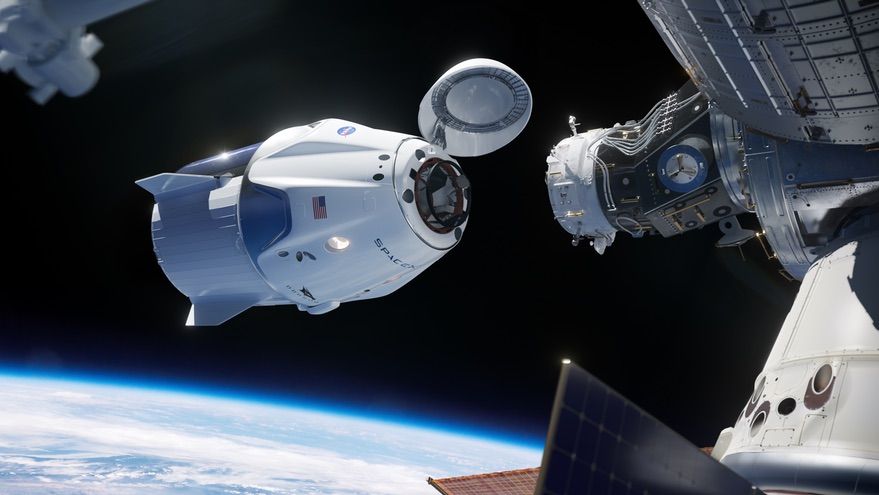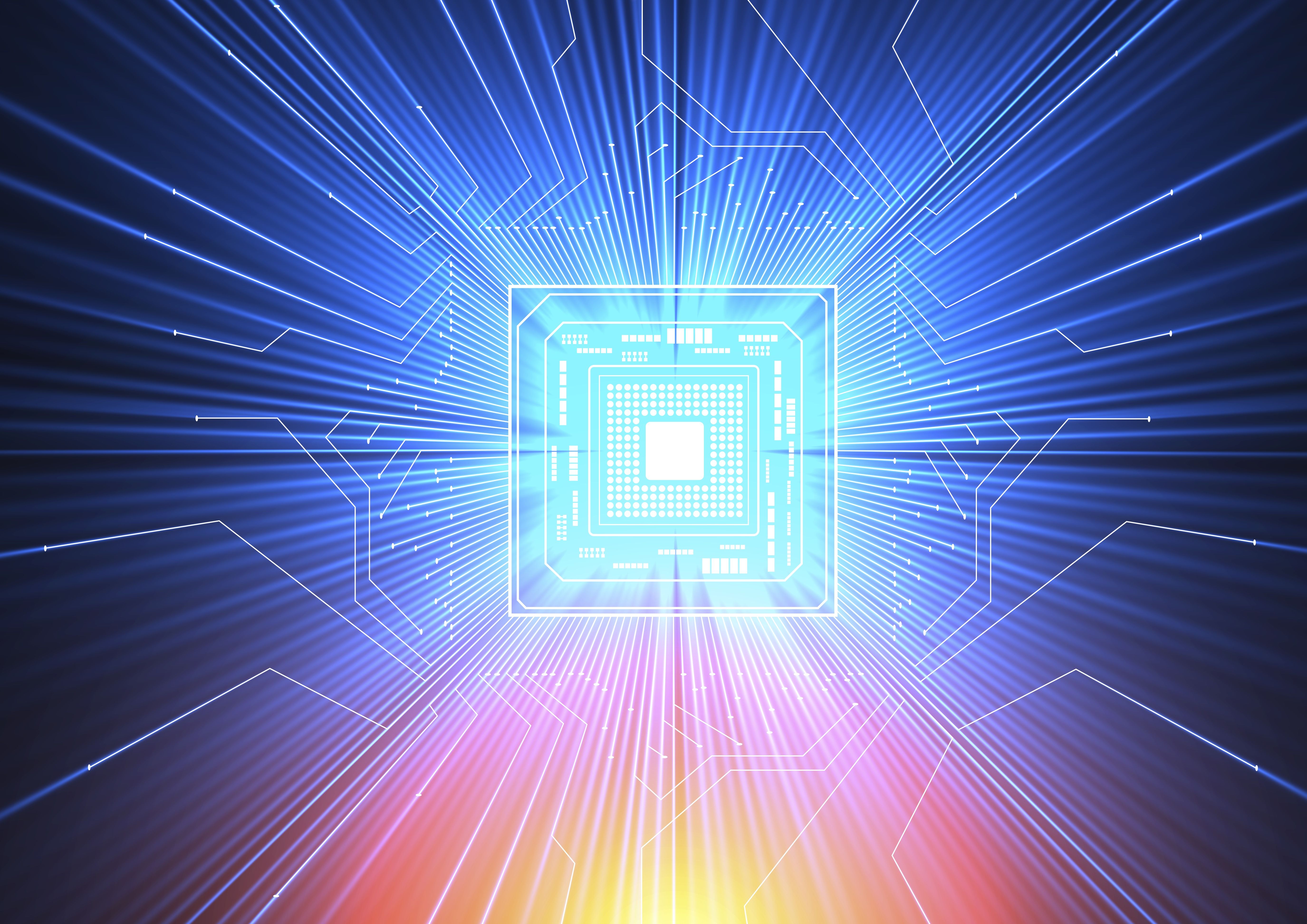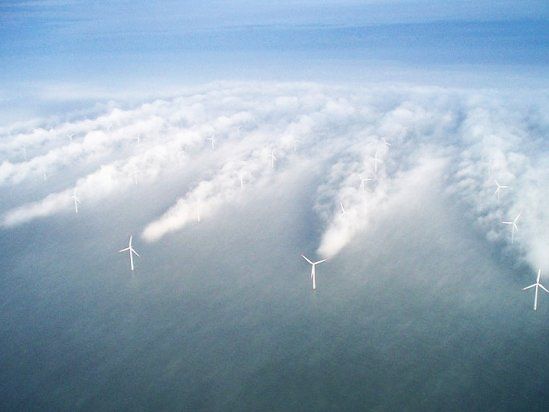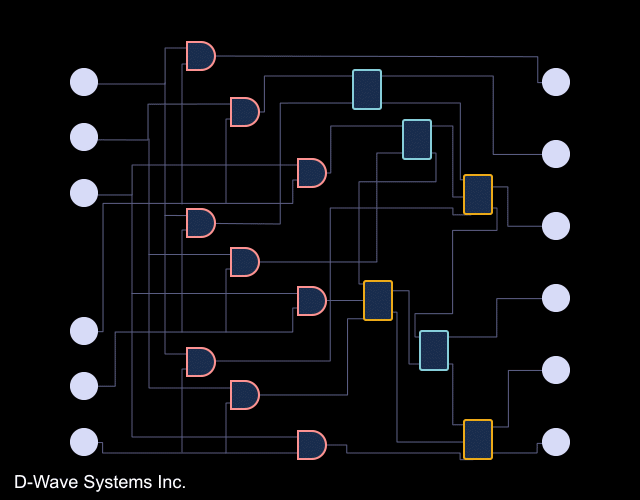Physicist Jun Ye built the world’s most precise clock and is part of the group of scientists who changed our understanding of time itself.
BREMEN, Germany — A SpaceX executive said Oct. 3 that the company’s first commercial crew test flight could be delayed until early 2019 because of paperwork issues.
In a speech at the 69th International Astronautical Congress here, Hans Koenigsmann, vice president of build and flight reliability for SpaceX, said launching an uncrewed test flight before the end of the year will be a “close call” even though the hardware itself should be ready.
“We’re working hard to get this done this year,” he said. “The hardware might be ready, but we might still have to do some paperwork on the certification side of it. It’s going to be a close call whether we fly this year or not.”
General interest.
IBM researchers are developing a new computer architecture, better equipped to handle increased data loads from artificial intelligence. Their designs draw on concepts from the human brain and significantly outperform conventional computers in comparative studies. They report on their recent findings in the Journal of Applied Physics.
Today’s computers are built on the von Neumann architecture, developed in the 1940s. Von Neumann computing systems feature a central processer that executes logic and arithmetic, a memory unit, storage, and input and output devices. Unlike the stovepipe components in conventional computers, the authors propose that brain-inspired computers could have coexisting processing and memory units.
Abu Sebastian, an author on the paper, explained that executing certain computational tasks in the computer’s memory would increase the system’s efficiency and save energy.
You’ve probably seen them, perhaps on long roadtrips: wind turbines with enormous, hypnotic rolling blades, harnessing the clean power of wind for conversion into electric energy. What you may not know is that for the explosion in the number of wind turbines in use as we embrace cleaner sources of energy, these wind farms are quite possibly not as productive as they could be.
“We’ve been designing turbines for use by themselves, but we almost never use them by themselves anymore,” said UC Santa Barbara mechanical engineering professor Paolo Luzzatto-Fegiz, whose specialty lies in fluid mechanics. Historically, he said, wind turbines were used individually or in small groups, but as the world moves toward greener energy technologies, they are now found in groups of hundreds or thousands.
The problem with these large installations is that each machine, which has been designed to extract as much energy as possible from oncoming wind, may not “play well” with the others, Luzzatto-Fegiz explained. Depending on how the turbines are situated relative to each other and to the prevailing wind, those not directly in the path of the wind could be left to extract energy from significantly depleted airflow.
Quantum computing technology is slated to revolutionize our ability to manipulate and analyze data, fundamentally changing the way that countless industries from cybersecurity and telecommunications to pharmaceutical development and transportation logistics will operate in the future. Even the US Senate is getting in on the action.
